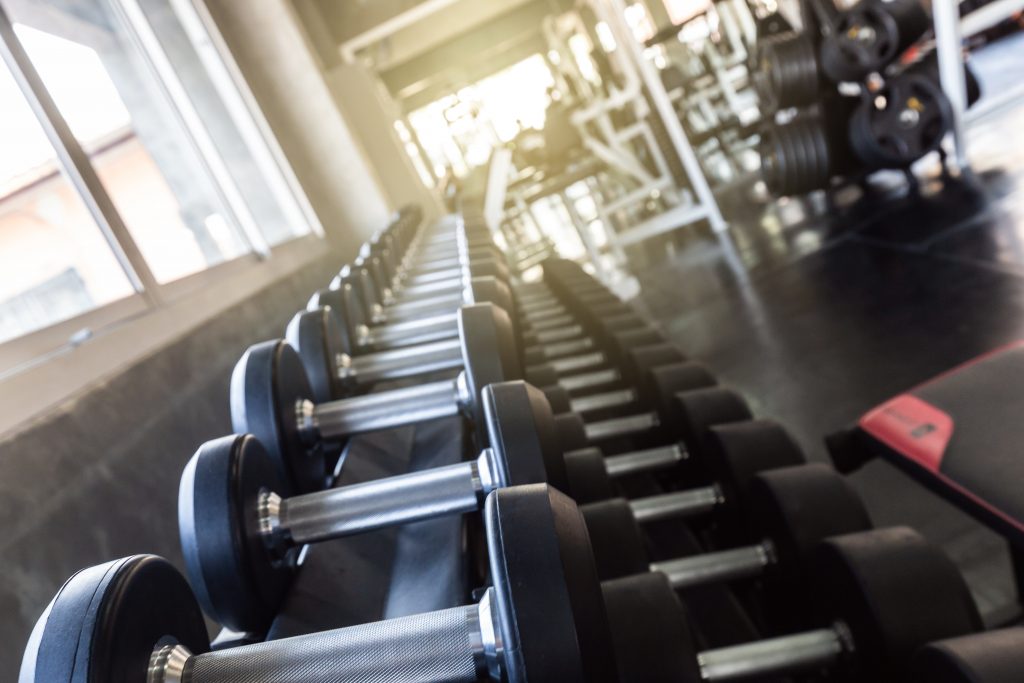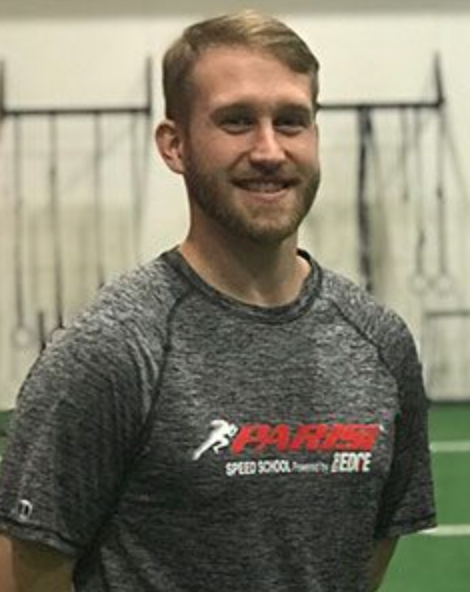With my gym expansion here in Boston now back on the “to do” list, this guest post from New England based personal trainer and educator, Casey Lee, couldn’t have come at a better time.
I’ve always felt that one of the things many gym owners fail to prioritize is the client experience.
In short: From the minute a client walks into the facility to the point where (s)he leaves, what is happening?
- Where do they place their belongings?
- Where do they warm-up?
- Does the layout of the facility make sense? Is it designed for 1v1 or semi-private or group sessions?
- Where do the Jean Claude Van Damme posters go?
All of these are important, pertinent questions that are sewn into the client experience and play an integral role in the success of any facility.
Read on for more insights!

Facility Logistics: The Missing Variable?
If you polled ten strangers on the street and asked them what personal trainers did for a living, what do you think the breakdown of their answers would be?
Workout? Probably a solid 33%
Count reps? Cue eye roll. That probably gets a vote.
Eat out of tupperware? You know the real ones would say this.
Seriously though, whenever I would attempt a bite to eat between clients, the second I cracked the lid, like clockwork, my client would open the door.
“All you do is eat! I only ever see you eating!”

(Melissa Highton (talk | contribs)
The perfect X-mas present for any trainer in your family
Ultimately the biggest answer, I think, would be that we write workouts for people.
I like to call it ‘fitness prescriptions’, because, well, that’s what we’re doing.
We prescribe sets, reps, tempo’s, which you implement to use for your bicep curls, and of course, the occasional tupperware recommendation for our protege’s of strength that are trying to eat their gains on the go.
But Coach, I have a novel concept for you to include in your prescription.
Yes, I used the word novel. This is a big flippin’ deal!
Okay, maybe not novel, but it is truly important and I think has been ignored & overlooked alongside the many advancements of fitness programming.
Facility Logistics
Facility logistics can be a pretty big list. How many squat racks on the training floor? What increments do the dumbbells increase by? Ranging all the way to client-facility logistics like the time of day you train and how busy it is. For my brothers and sisters who train at a commercial gym, you’ll appreciate this one…
…is there going to be a small group or group exercise class going on that will boot you from the area needed to train. Anyone who’s been privy to being ousted from their power rack because of a looming “Tank Top Triceps” class I’m sure can commiserate as follows:
In 12 years of coaching out of a commercial health club, I can recall countless times that clients would receive their exercise prescription, full of thoughtful movement variations and calculated training volume, only to have a group exercise class bump them from a training spot on the floor or have some gaggle of high school kids monopolize 2 of the 4 squat racks.
I can visualize the email right now. I’ve seen it dozens of times.
“Hey Coach, went to the gym last night for my workout and couldn’t get any of the equipment. Ran for 45 minutes and went home.”
Sweet.
I think there is a case to be made that facility logistics, not exercise selection, sets, reps, tempo, or any of that jazz, is the most important programming variable that we need to consider. Specifically the facility that your client will be using when they are not training with you (boutique and aspiring online coaches take note).
So consider it we must!
And here’s how…
During the client onboarding, consider these questions:
1. When you’re not training in our private sessions, where do you envision your other workouts taking place?
(At said place) what time of day do you think you’ll be training?
*If the answer is at a commercial-style or big box gym, follow up with something like this…
2. Do they have equipment you feel comfortable using? Could you send me pictures of what the gym’s set up looks like?
Have you ever had a client tell you that they don’t want to use dumbbells because “that area of the gym is full of scary meatheads?”
Knowing your clients comfort level in their own gym should never be taken for granted.
3. Is the training space tied in with any kind of small group or large group exercise style class?
(Pro tip- Trainers, want to make your new client feel comfortable and let them know you’re invested in their success? Call their gym and secret shop the facility. Ask these questions as if you are a prospective member).
If someone is training at home, because there are a special set of facility logistics…consider asking the following
4. When you work out at home, what are a couple possible interruptions that could occur?
This is basically asking if a toddler is going to come storming in and demand that you stop what you’re doing and color.
If you know, you know.
5. Do you have any questions on the equipment you have at your house?
The answer may surprise you. Never assume.
6. Do you have the ability to preheat the area if needed?
January garage gyms in the northeast. Frostbite galore!
Summary
Though these questions may seem routine to us, to a client they are simply part of your process. A process that not only takes into consideration the client’s feelings towards their training facility, but will also help you write a program prescription that your client will actually be able to do with confidence and consistency.
Last I checked, those two things help clients achieve their goals 154% of the time.
That’s a proven percentage. Trust me. I graduated from Gentilcore University with a degree in AT-AT engineering. It’s a real thing, look it up.
Coaches, the biggest take away here is that before you sit down to look at movement screens, calculate training volume, map out a periodized training block, take into consideration the facility logistics of your clients training space. Put yourself in their shoes, program for their confidence and consistency, and the rest will fall into place.
About the Author

Casey Lee is the Director of Coaching and Education for the Parisi Speed School and also has an online personal training business called Purposeful Strength.
Both positions intersect at writing successful training programs for over 100 Parisi Speed School affiliates as well as a diverse private client population. What both have in common is that every client and their respective gym is unique in their own way and accounting for facility logistics as the first programming variable has led to better client success and business retention, and that’s pretty cool.



